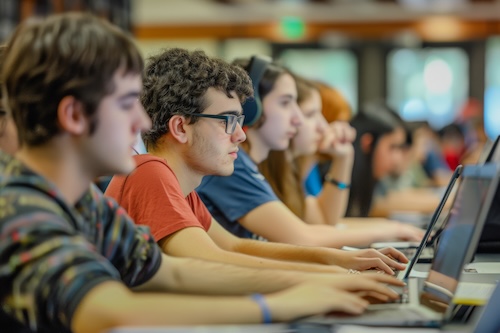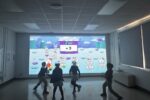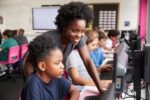Key points:
- Educators should build a classroom culture that values learning over compliance
- 5 practical ways to integrate AI into high school science
- A new era for teachers as AI disrupts instruction
- For more news on AI and assessments, visit eSN’s Digital Learning hub
In recent years, the rise of AI technologies and the increasing pressures placed on students have made academic dishonesty a growing concern. Students, especially in the middle and high school years, have more opportunities than ever to cheat using AI tools, such as writing assistants or even text generators. While AI itself isn’t inherently problematic, its use in cheating can hinder students’ learning and development.
More News from eSchool News
Want to share a great resource? Let us know at [email protected].










